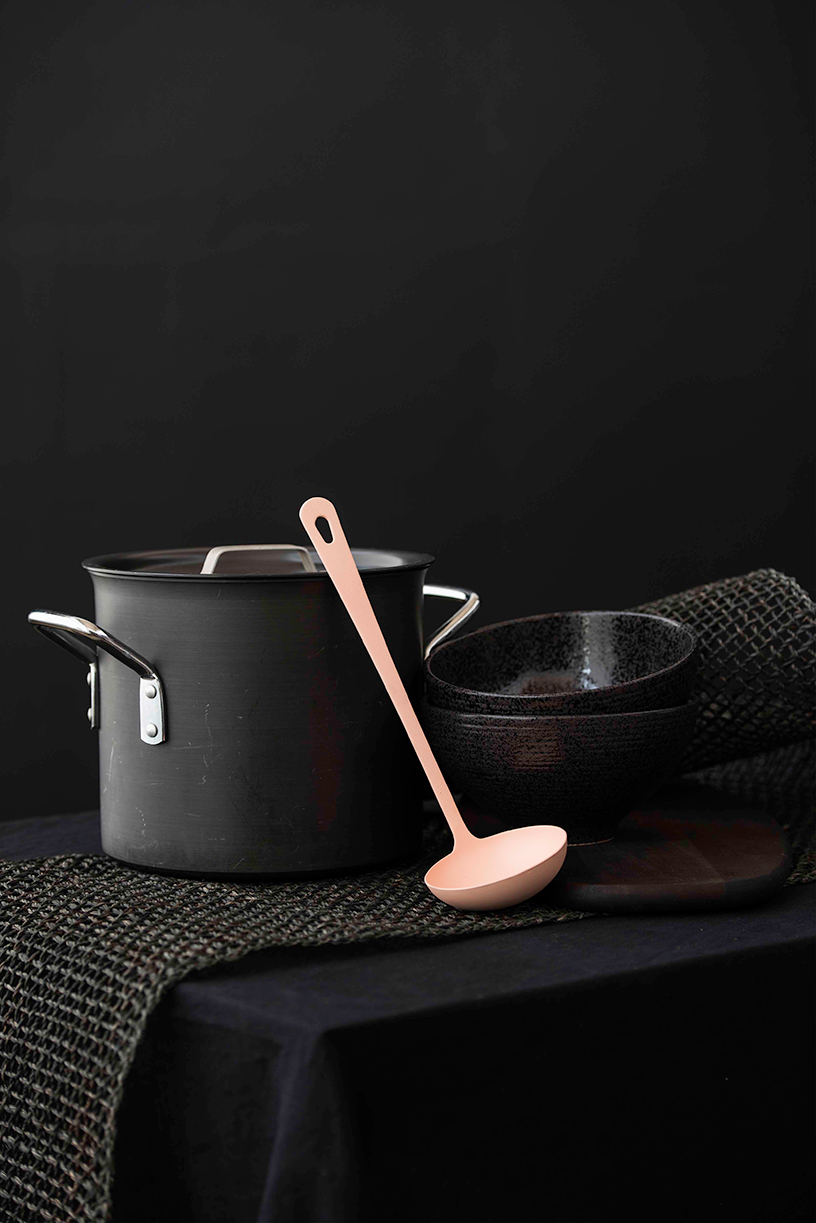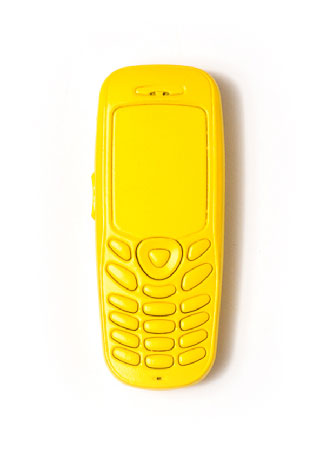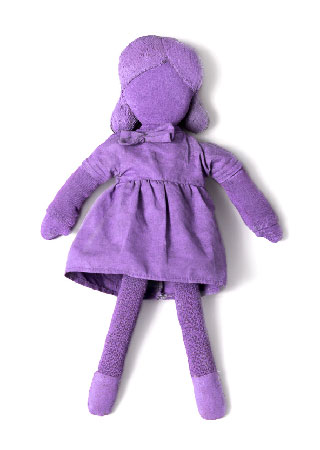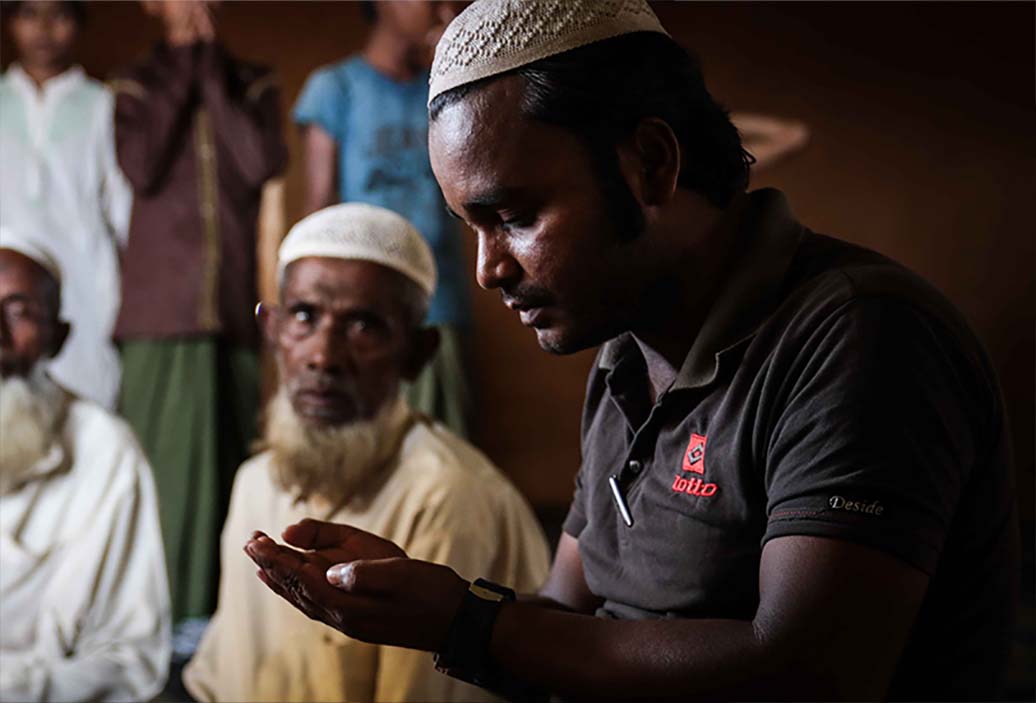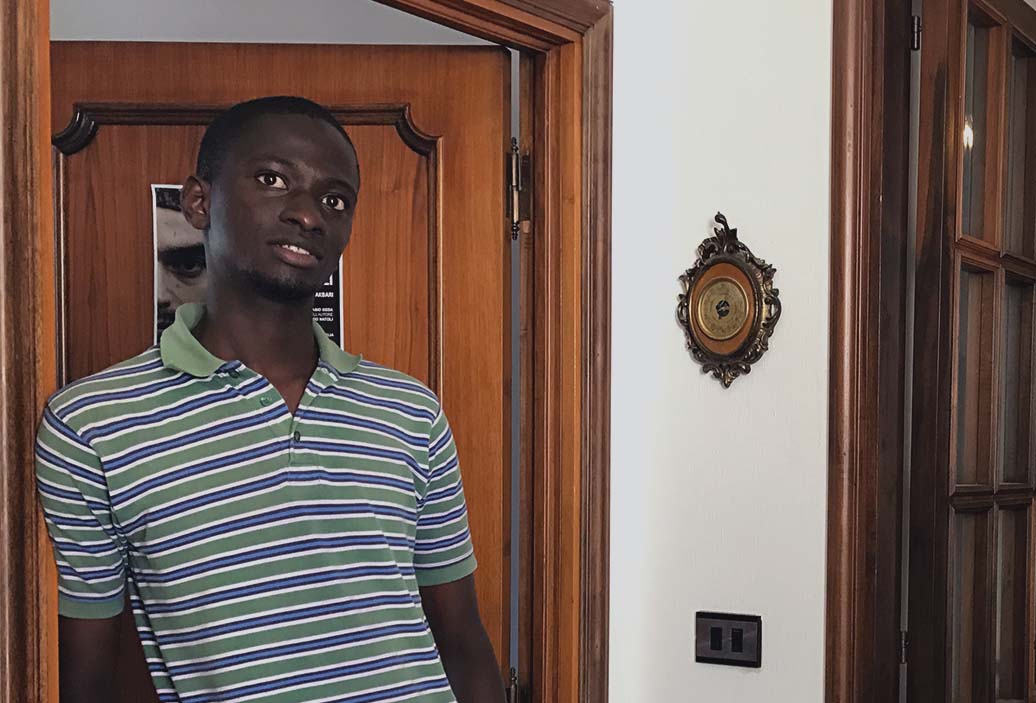Diala

"I left with a 3kg (7lb) suitcase. I brought things like clothes, sheets, simple things like kitchen equipment. I thought maybe when we rented a house in the beginning, we would not have enough money to buy these kinds of things. I thought I would be returning in a few months’ time."
After six years of unrelenting war in Syria, many of the country’s civilians remain in neighboring countries, often without opportunities for work or education. Among them are teachers, doctors, construction workers, lawyers, craftsmen,
Read her full story here.
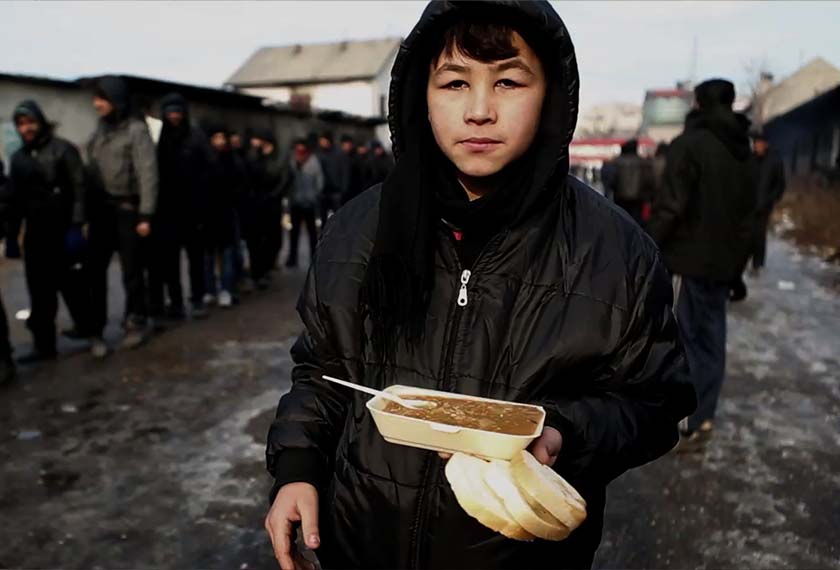
 How can you design for everyone without understanding the full picture?
How can you design for everyone without understanding the full picture?


